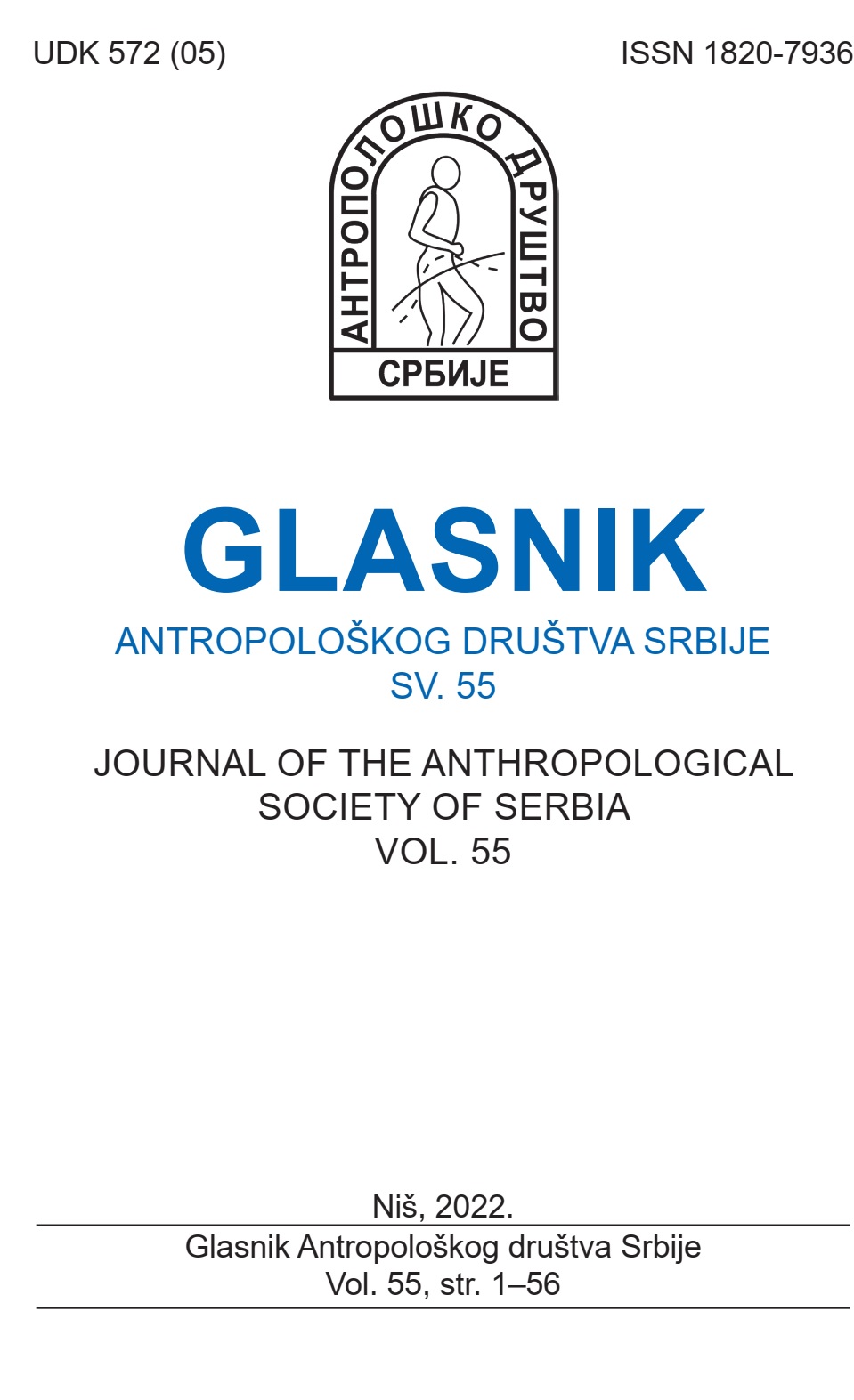FERTILE DIFFERENCES IN THE RURAL -URBAN ZONE OF SEMBERIA
Abstract
For decades, there has been talk of changing the reproductive pattern of women's behavior according to their place of residence. Starting from the period of industrialization and urbanization, there was first a reduction of rural areas in favor of urban areas. Fewer and fewer inhabitants were engaged in agriculture, which deepened the process of deagrarization by destroying agricultural land, turning into residential or industrial zones. It was considered that the carriers of reproduction were precisely rural households that initially gave birth to children not only because of family ambition but also because of the need to work on large arable land. The number of family members in the middle of the last century was far greater than today. In other words, the size of the family decreased with the move to the cities. Even if Semberija is an exceptionally agrarian area, it has undergone the same transformation, both demographically and spatially. The aim of this paper is to determine fertile differences in the rural-urban zone of Semberija. Using the survey questionnaire, we included 1000 women of childbearing age, of which 357 respondents in rural areas, 575 in urban areas and 68 in suburban areas. The stability of the statistical significance of fertility according to the type of settlement was examined by parametric analysis of variances. The results of the research indicate that the carriers of reproduction are still women who live in rural areas, but with a far smaller number of children and family members than before. According to this analysis, there are statistically significant differences between villages and cities, as well as between villages and suburbs, while such a difference does not exist between cities and suburbs. The average number of children in the countryside is around 2, 17. While the urban zones keep the total fertility rate below 2.
References
Galloway, P.R., R.D. Lee, & E.A. Hammel. 1998. Urban versus Rural: Fertility Decline in the Cities and Rural Districts of Prussia, 1875 to 1910. European Journal of Population 14(3):209-264.
Лукић, Т. М., Маринковић, Д. (2018). Фертилне карактеристике града Источно Сарајево. Зборник Матице српске за друштвене науке, Нови Сад, 167(3), 370-379.
Lerch, M. (2019) Regional variations in the rural-urban fertility gradient in the global South. PLoS ONE 14(7), 1/18
Lerch, М. (2017). Urban and rural fertility transitions in the developing world: a cohort perspective. Max Planck Institute for Demographic Research 1/26
Маринковић, Д. (2014). Демографске детерминанте популационе политике Републике Српске. Бања Лука: Универзитет у Бањој Луци, Природно-математички факултет.
Sobotka, Т. (2008). The diverse faces of the Second Demographic Transition in Europe. DEMOGRAPHIC RESEARCH VOLUME 19/8, пп 171-224
Zavod za statistiku Republike Srpske

